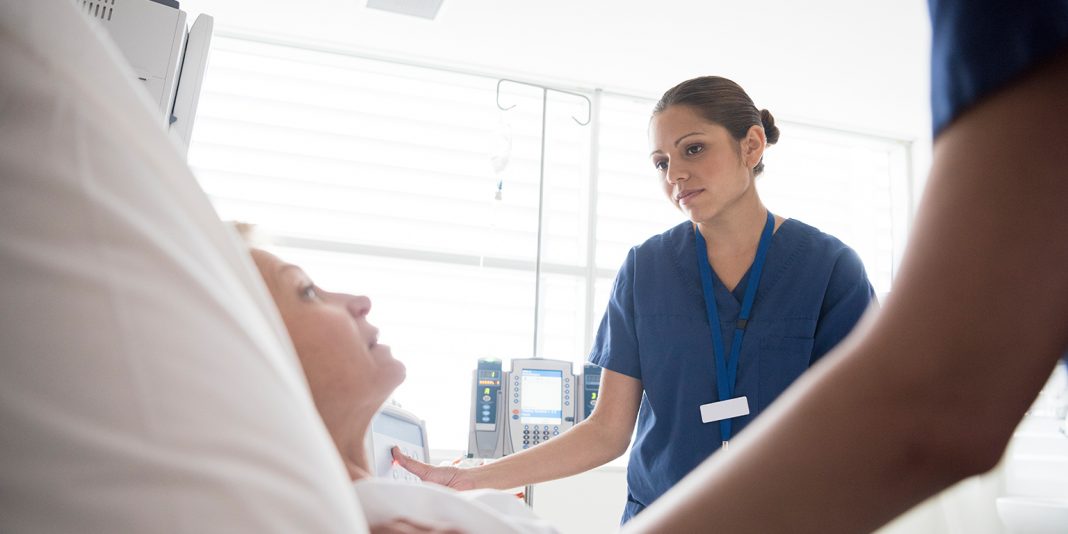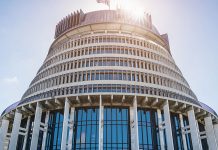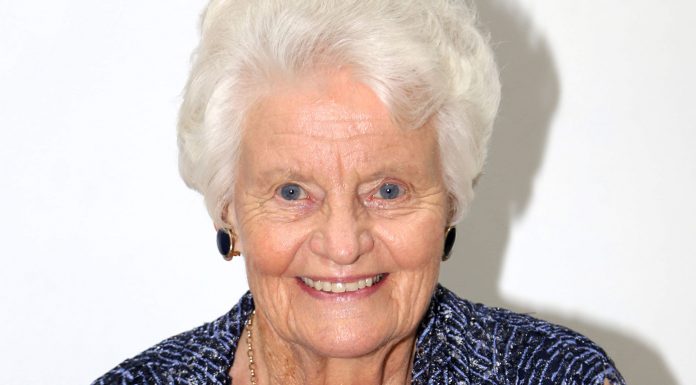In some respects we are spoilt for choice in Rotorua. Our whenua (land) boasts an abundance of stunning natural thermal resources, and we consider our lakes and forests to be world-class.
Our hapori (community) is also renowned for its thriving tourism industry that attracts global recognition. Our cultural capital is our hapū, iwi and marae, which have stood resolute against the test of population decline, political hegemony and oppressive legislation (since the signing of Te Tiriti o Waitangi in 1840).
Recently our community of Fordlands hit the national headlines. To our communal shame, the Rotorua suburb ‘boasts’ significant deprivation, with the New Zealand Index of Multiple Deprivation (IMD)1 reporting that Fordlands is the most socio-economically deprived neighbourhood in Aotearoa/New Zealand.
In contrast, and despite the 2011 Christchurch earthquake and its aftermath, the Christchurch suburb of Merivale was found by IMD to be the neighbourhood with the most advantages and least deprivation.
Inequity in action: Fordlands and Merivale
What, if anything, do these findings have to do with health equity, one might ask? Everything, is the only plausible answer!
Starting with Fordlands, the 2013 census data indicates a population of about 1,700. People in the community are mostly Māori. About 45 per cent have no qualifications; almost the same percentage have a level 1-6 qualification, and the predominant occupation is labourer. The average income is between $10,000 and $20,000 per annum; 60 per cent of families in Fordland are sole parents, and most live in rented dwellings. The neighbourhood has one block of corner shops, including a Four Square supermarket and a liquor store.
There are two general practices (seven doctors) near Fordlands – one is a 40-minute walk and the other is almost an hour’s walk. Neither practice is on the bus route. The children’s parks are minimal, and a far cry from other parks in the advantaged areas of Rotorua. A gang presence is not uncommon, making parents think twice about whether riding a bike in their neighbourhood is safe2.
Merivale’s census data indicates that most of the advantaged suburb’s about 2,700 people are European; 23 per cent have a degree and they earn in excess of $70,000 per annum.
A property search comes up with descriptions like ‘architecturally designed splendour, impeccable landscaping and an array of shopping facilities’.
Another search reveals at least five general practices (25 doctors); most practices can be reached by foot in roughly five to 10 minutes, plus there is a private hospital to boot. Not only are the people of Merivale spoilt for GP choice, they also reside in a health-enhancing environment.
Whitehead’s widely used definition of health inequity is “health inequalities that are avoidable, unnecessary and unfair are unjust”.
Braveman broadens the definition to argue that health equity is the absence of disparities for socially disadvantaged populations that are persistently exposed to systemic discrimination within a society.
A health equity lens would suggest that Fordlands residents’ disproportionately low share of resources is unfair, avoidable and unjust. In contrast, the already advantaged people of Merivale have greater access to government-funded primary health care and attractive local amenities.
Being healthy, it seems, is a whole lot easier when you live in areas of affluence.
Strengths, lessons and solutions?
You can argue that the system and structures are skewed favourably towards the people living in Merivale, not Fordlands.
This bias is avoidable, and ‘disrupting’ the status quo is within the remit of policy decision-makers and nurse leadership. It is remiss to blame individuals; instead we must always apply a critical and health equity lens on the system and the, at times invisible, bias towards privilege.
We could also learn from Rotorua’s main industry, tourism – an industry reliant on attracting people by providing services that meet tourists’ wants, needs, cultural worldview, preferences and desires. Understanding these factors is tourism’s core business and it unashamedly moulds itself to fit its target populations. To do otherwise would bankrupt an entire industry.
Arguably, the health system – with DHB budget blowouts and burgeoning demand outstripping supply – is an industry near bankruptcy. Taking a lesson or two from tourism seems both logical and sensible.
Another strength for Rotorua is its marae: focal points for whānau, hapū and iwi and places where Māori take reo, kawa and tikanga for granted. Whakapapa connects individuals, and from marae a sense of belonging is affirmed. Roles and responsibilities are also equally valued, which is critical to sustaining livelihoods.
But how are these strengths reflected in the design of our systems? And, importantly, are we truly ready to design systems that move us closer to health equity by meeting the needs of people most in need?
Author: Sonia Hawkins is a College of Nurses Aotearoa board member and Director Consultant for Te Pani Limited.





















